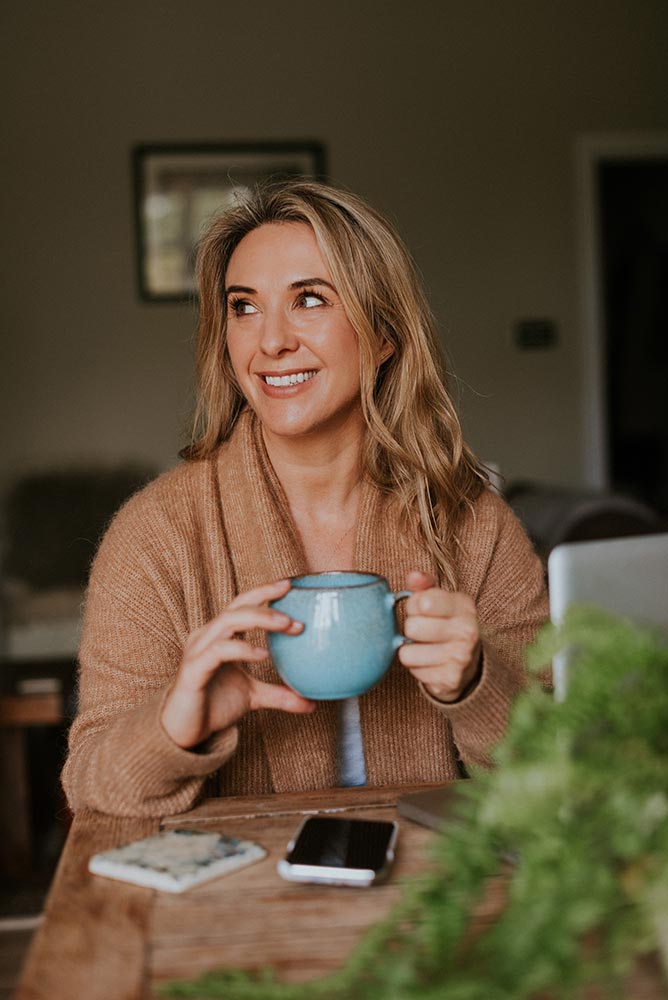Yoga throughout pregnancy can be hugely a supportive tool and I’ve written several articles on it’s benefit (checkout my blog and the free resource hub). Ultimately staying more mobile throughout your pregnancy and cultivating a connection with your body and baby, will carry you through your pregnancy and beyond.
The World Health Organisation recommend 150 minutes of exercise a week and yoga can definitely be included as part of that.
Exercising brings a multitude of evidence based benefits including:
Not only this, but yoga offers all these additional benefits:
Returning to exercise after the birth of your baby can often feel a little overwhelming. Yoga can provide an incredible way of reconnecting with your body after birth and having a moment of reflection in your day. In addition to the incredible emotional and mental benefits of mindful movement are the far reaching physical rehabilitation that yoga offers. Yoga is the perfect tool to help reconnect with the pelvic floor, building global strength through the body and helping with conditions such as diastasis rectus, prolapse and incontinence, in a supportive and unintimidating way.
Many yoga teachers will not allow you to join their class until after your 12 week dating scan and we haven’t really questioned this doctrine for many decades. The premise is based around the fact that sadly miscarriage is more common within the first trimester, with 25% of women going through pregnancy loss. However, it’s more the potential association women may make with yoga having caused this than any proven causal link. The evidence however is conclusive, exercise does not increase your risk of miscarriage.
You may decide you don’t want to practice yoga within the first trimester due to feelings of nausea or tiredness, or that you’d feel more reassured to wait for your first scan before starting. These are completely valid feelings and it’s important to listen and respect what your body needs, but if you are well and wish to, you are more than welcome to practice and know that all of my classes are suitable and safe.
In short yes! There are certain things we recommend to avoid however
The beauty of yoga is that you can practice it any where at any time and there is no required equipment. However there may be certain things that you may want to have that may help support your practice.
Yoga mat
If you’re new to practice, start with something basic, don’t go out and spend a fortune. Yogamatters have affordable basic mats that have good grip and are available to buy in a whole range of colours. If you’ve been practicing for a while and want to invest, you might want something a bit more durable that has a degree of cushioning for your knees.
We love the Manduka eko mat, which is not only nice and thick meaning no need to double up your mat or use a blanket but it’s also eco-friendly rubber, meaning it’s biodegradable and contains no nasties. You can get 10% off manduka with the code YOGADOC
Yoga props
Yoga blocks, straps and bolsters are wonderful and can support your practice, but they can be an additional investment and are bulky to store. You absolutely do not need to invest in specialist props. Have a look at these creative alternative suggestions:
Yoga Block – chunky cushion, thick book
Yoga Strap – Any kind of belt, rope or towel
Yoga bolster – Rolled up towel or blanket, two cushions stacked or pregnancy pillow
Due to infection control and Covid-19, we do not currently provide equipment during in person 1-2-1 classes.
Basically whatever feels comfortable! The key with yoga is that you’re able to move easily, so this may mean loose fitting t-shirt or trousers or perhaps some leggings or stretchy lycra sports gear. We recommend keeping a jumper and thick socks (in winter) nearby for the beginning and end of class, but would recommend you don’t wear socks during your practice.

Sign up to receive monthly newsletters including notifications of FREE yoga videos, exclusive access to pop up classes, useful information regarding women’s health and incredible offers for partner discounts. We promise we won’t clutter your inbox!